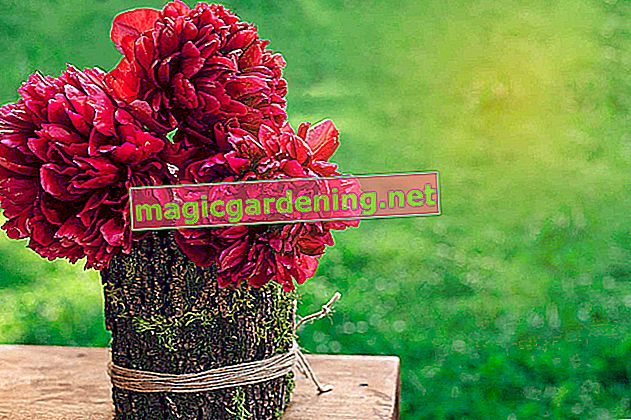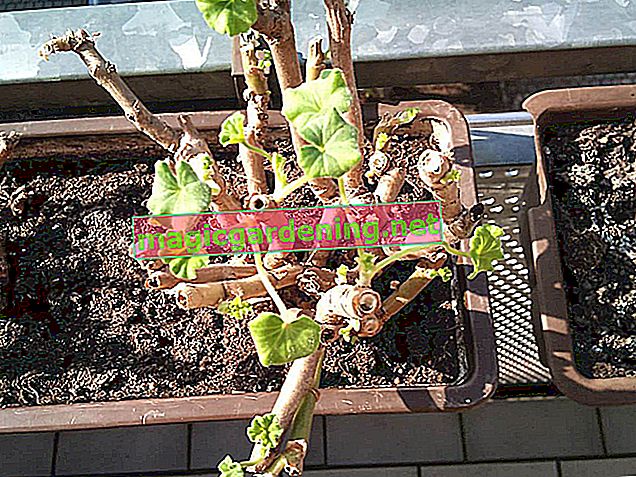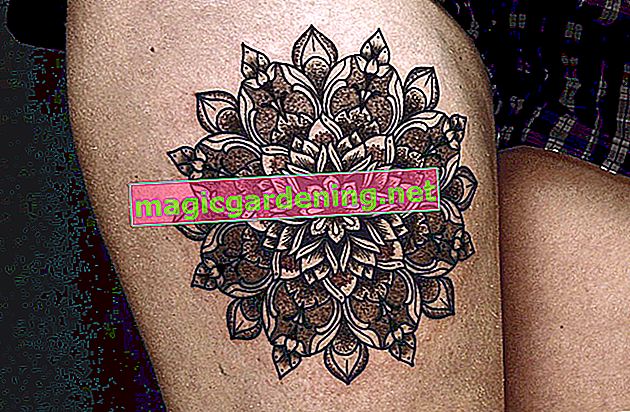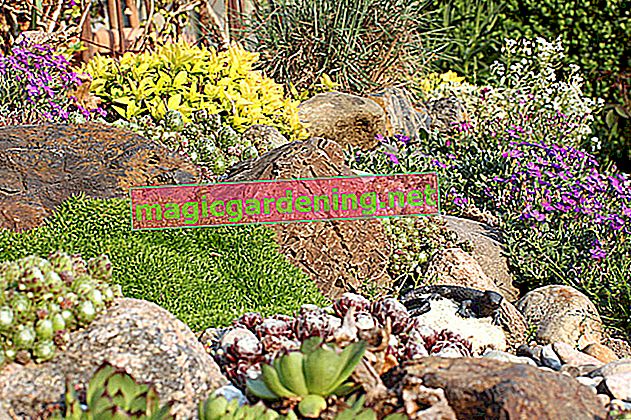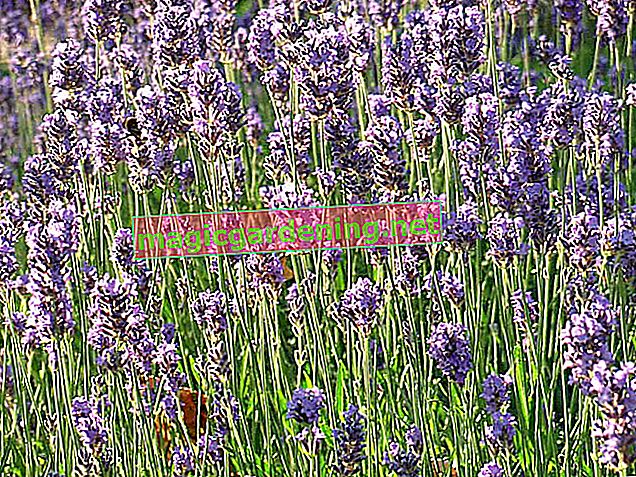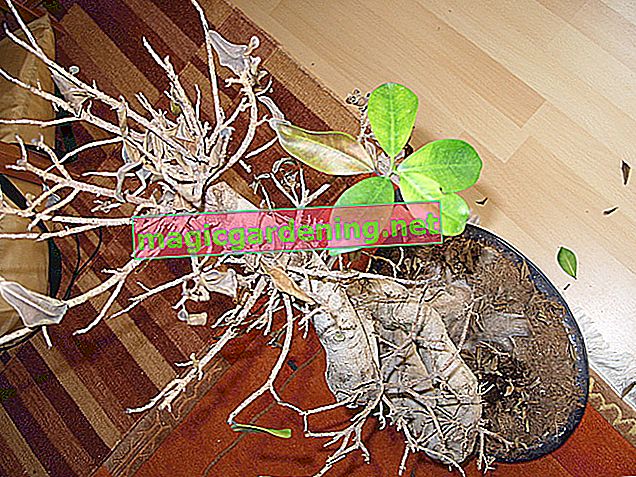
The ideal location for a ficus bonsai
For harmonious growth, a place on the balcony is desirable in the period from May to September. The location should be bright and warm, equipped with protection from the blazing midday sun. When temperatures approach the critical 15-degree mark in autumn, give the weeping fig. In the light-flooded window seat at temperatures around 18 degrees Celsius, your mini Benjamini will survive the cold season.
also read
- Is Ficus benjamina hardy? - Tips for wintering
- Why does my Ficus benjamina have sticky leaves - tips on the causes
- Can a Ficus benjamina stand in the bedroom?
Watering weeping fig as bonsai - how to do it right?
Whether in large format or as a bonsai, the weeping fig attaches importance to a substrate that is of variable moisture. If the surface of the earth is noticeably dry, water thoroughly. Spray the root disc with soft water until it drips from the opening in the bottom. Before the next watering, the substrate should again dry out, but never dry out. Please note that your Benjamini reacts to waterlogging and dry balls by shedding the leaves.
Fertilizing Ficus benjamina as a bonsai - when and how often?
In view of the low substrate volume, the nutritional requirements of a weeping fig as a bonsai are higher than what you are used to from a normal-sized houseplant. From March to September, please give a liquid bonsai fertilizer every week. From October to February the fertilization intervals are significantly extended to 4 to 6 weeks. Spray the substrate before and afterwards with soft water, you will effectively prevent root damage from the fertilizer salts.
Tips for pruning - This is how Benjamini stays in the bonsai format
It is primarily the skilful pruning that you can use to wrest the graceful shape of your weeping fig as a bonsai. The exemplary cut runs according to the motto of the targeted change between cut and let grow. The more continuously it is cut, the more filigree the growth. How to do it right:
- Prune every 6 weeks from spring to autumn
- The best time is between March and July
- Shorten new shoots with 5 to 7 leaves down to 2 or 3 leaves
- Place the bonsai scissors 2 to 3 mm above a sleeping eye
- Shorten the shoots protruding from the crown shape
- Ideally, thinning out dead branches in early spring
When cutting your weeping fig, make sure that there is no thick branch over a thinner branch at the end. Please put on gloves to protect yourself from the poisonous sap. By placing a small piece of kitchen fleece on each fresh cut, the sticky milky juice cannot drip onto the leaves.
In no case should the pruning of a weeping fig as a bonsai follow a firmly cemented schedule. The old masters of Asiatic gardening do not keep pounding Benjamini with scissors and tongs. Instead, they leave the bonsai unmolested for a long time in order to enjoy its unique appearance every day.
Artificial autumn creates dainty leaves
The secret of small leaves on a bonsai is based on simulating autumnal conditions. To do this, cut the leaves off during the growing season and leave the petiole on the shoot. After a while, the stems dry up and fall off. From the buds below, smaller leaves sprout than before. The more often you repeat artificial autumn, the more graceful the foliage will be. The prerequisite is a light to sunny location and phases of regeneration of 6 to 12 months.
Repot properly - this is important to note with bonsai
Once a bonsai has completely rooted its shell, it is high time to repot it. At Benjamini, this is usually required every 2 to 4 years. The length of the new bonsai pot should be at least three quarters of the plant height. Loosen the root ball from the edge of the bowl with a sickle knife and lift the bonsai out. Use a root hook to loosen the soil ball to shake off the substrate. How to proceed:
- Lay out a plastic grid in the new bonsai pot as drainage
- Pour in a thin layer of 2 parts of pricking earth and 1 part each of Akadama and expanded clay (€ 17.50 on Amazon *)
- Spread the Benjamini bonsai's root system in a star shape on the substrate
- Fill all around with soil so that the previous planting depth is preserved
Press the substrate firmly with a wooden stick and pour on with soft water. In the following 4 to 6 weeks, the stressed bonsai is neither fertilized, cut nor wired.
Tips
To transform the weeping fig into a three-dimensional bonsai sculpture, selected branches are wired in early spring. Special bonsai wire is wrapped around the flexible shoots at a 45-degree angle. Buds and leaves must not get under the wire. Within 4 to 6 weeks you direct a branch in the desired direction and then remove the wire again.

